Introduction
In 2023, Apple took the historic step that the iPhone 15 series would be the first to abandon its own Lightning connector in favor of USB-C. This update was not one of a simple hardware update but a reaction of Apple to the EU policy and the demand of more consumers to have universal charging and USB-C cables.
Switching to USB-C is also important to iPhone users around the world. The new charging cables were also required by millions of users who had been waiting for over 10 years for Lightning cables. This shift provided new opportunities in the case of the manufacturers of accessories; however, at the same time, it made millions of Lightning-based products obsolete in terms of transferring data.
The context of the incorporation of USB-C in the iPhone 15 is vital to make the right choices in terms of purchasing related chargers, cables, and accessories. This ultimate reference will assist you in navigating the new charge environment and make informed choices on the most appropriate charge options, such as Apple USB-C, for your iPhone 15 USB-C products.
iPhone 15 Charging Requirements
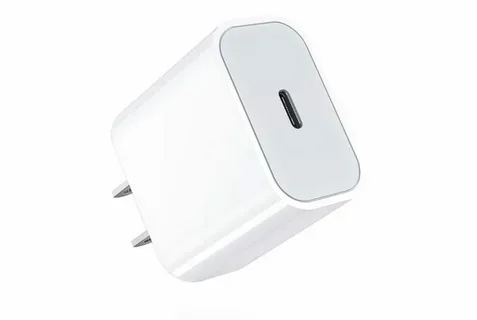
USB-C Port Implementation
The iPhone 15 family has a common USB-C that can be used to charge as well as transmit information. With Apple introducing USB-C comparable with industry standards, unlike other Android phones that have proprietary fast-charging protocols, many of the currently available USB-C devices, including external displays, can be used with this technology, USB-C connector gaming consoles.
The USB-C connection supports USB 2.0 on the iPhone 15 and iPhone 15 Plus, but the iPhone 15 Pro and Pro Max use USB 3.0 to support faster transfer of files. This difference is significant to users who often work with big files, or do professional photography and videography with their iPhone and other devices Lightning port.
Power Delivery Support
USB Power Delivery (PD) is a feature that Apple has incorporated throughout the iPhone 15 series. USB-PD is a protocol that is an industry standard and allows intelligent power negotiation between devices and chargers. This implies that your iPhone 15 can converse with compatible chargers to ascertain the optimal speed and voltage of charging USB-C accessories.
USB-PD application is safe and efficient in operation. When attached to a PD-compatible charger, your iPhone 15 will automatically regulate the amount of power it takes based on battery level, temperature, and much more to ensure the health of your battery, even at high speeds same cable iPhone 15 Pro Max.
Optimal Wattage Recommendations
Apple suggests a 20W USB-C power adapter as the best charging accessory with the 15th-generation iPhone. Although the device will charge using lower-wattage adapters, it will at least need 20W to utilize the fast-charging options iPad Pro.
iPhone 15 is safe to use with higher wattage chargers (30W and more, 65W and 100W). The power management system of the device will simply draw the amount of power required, and hence, using a more powerful charger will not damage your device, enhancing data transfer speeds. Actually, the more powerful chargers can deliver power more reliably and can actually charge your device a little faster under some conditions.
Official Apple Charging Options
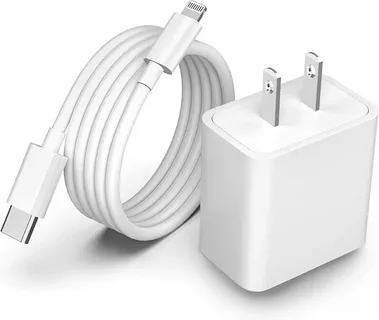
Apple 20W USB-C Power Adapter
The iPhone 15 still uses the gold standard behind charging with Apple’s 20W USB-C Power Adapter. At just 19, this is a small adapter that performs well and has all the essential safety certifications. The adapter is travel-friendly with a foldable plug design in most areas, which is part of what usb c means for portability.
Under favorable circumstances, this adapter will recharge an iPhone 15 from 0 to about 50 percent in less than 30 minutes. Construction quality is good, and the construction is strong and can be used in everyday life. Although it is expensive when compared to some third-party market options, it also gives you a sense of security and compatibility assurance.
Apple MagSafe Charger
iPhone 15s are MagSafe Charger compatible with a maximum of 15W charge. This wireless magnetic charging system is applicable to charge the device at the desk or the bedside. MagSafe Charger would require a USB-C power adapter and cable, which is compatible with the usb c iPhones.
MagSafe charging may also be particularly useful when it comes to keeping the battery topped up during the day without the need to worry about cables. But it is slower than charging on a wire and heats more, which could also have long-term health consequences on purely used batteries.
Third-Party Charger Recommendations
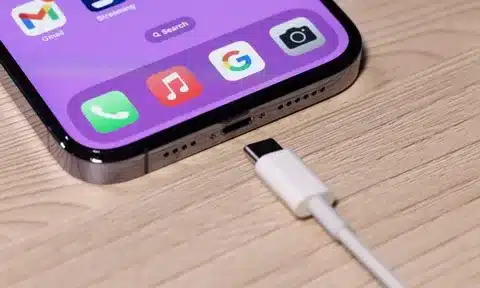
Anker Chargers
Anker has become one of the most successful producers of high-quality charging accessories. The Anker PowerPort III Nano 20W is a widely used version, as it has a smaller size, and the quality of the work does not require more money than an official adapter by Apple.
The Anker PowerCore range offers the best portable charger to charge the iPhone 15. Models such as the PowerCore 10000 PD Redux provide an 18W fast charging in a smaller form, which is great to travel with or use in an emergency, also compatible with MacBook Pro.
The quality control and customer service that Anker has developed make it a safe bet when it comes to charging iPhones 15. They usually have several safety features on their chargers and have long warranties, especially considering the transition from current lightning accessories.
Other Reputable Brands
Also, USB-C chargers for the iPhone 15 are produced by Belkin, RAVPower, and Aukey. When choosing third-party chargers, you should choose brands that have good reputations and generally satisfy users.
UGREEN provides affordable chargers of good build quality, whereas Spigen offers customers rugged options when they need durable accessories. Official chargers of Samsung chargers also support iPhone 15, but they are not optimized for Apple’s charging algorithms, particularly when transferring video files.
Safety and Certification Importance
iPhone 15 will operate with regular USB-C, though not all third-party accessories are created equally. Find charging cords that have the appropriate safety certification, like UL listing, CE marking, and FCC compliance. These certifications guarantee the product will be safe and will not harm your device.
Less important in relation to USB-C chargers is MFi (Made for iPhone) certification because Apple adopts standard protocols. But USB-IF certification shows that the charger is USB Power Delivery compliant and should be compatible and reliable with your iPhone 15, even if you use a different cable.
Charging Speed and Efficiency
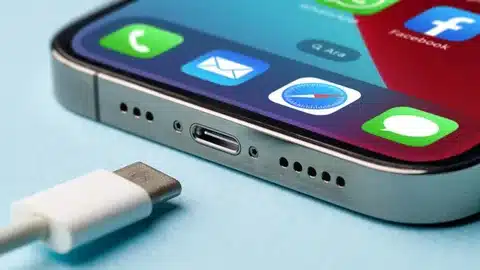
Fast Charging Performance Data
In actual practice, it is observed that since iPhone 15 has a 20W charger, the phone can reach 0-50 percent of charge in about 30-35 minutes. Apple is conservative in its charging algorithms, and thus, the improvement in this time could be 2-5 minutes when higher wattage chargers (30W and above) are used.
The speed of charging depends on a number of factors, such as the temperature of the ambient environment, battery health, and whether or not an app is running. Low temperatures may greatly reduce the speed of charging, and phone usage during charging will increase the time taken to charge.
The charging curve is characterized by a steep power consumption rate until approximately 80 percent capacity is reached, then the rate slows considerably to ensure the battery lasts longer. This is standard operating practice meant to give the battery maximum life.
Battery Health Optimization
Always remember to keep your iPhone 15 out of extremely hot temperatures in order to ensure your battery performs its best. Battery degradation and loss of long-term capacity are enhanced by high temperatures during charging.
With the Optimized Battery Charging option, Apple has come to understand your daily charge and will not charge past 80% until you are required to use your device. Portability: Look for capacity ratings in the range of 10,000-20,000mAh for the optimal balance between portability and charging capacity.
Look at getting lower-wattage charging overnight when there is no time constraint. Although 20W+ charging is not dangerous, slower charging produces less heat and can help improve long-term battery performance.
Alternative Charging Solutions
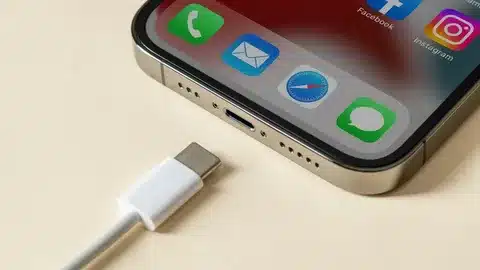
Portable Power Bank Options
USB-C powered power banks and Power Delivery are good with the iPhone 15. Some of these models offer cooling fans to help dissipate heat buildup during charging, which can help maintain charging speeds and the overall health of the battery.
PowerCore series of Anker and RAVPower portable power chargers, or Belkin power banks, are reliable. There are also some models with wireless charging pads, which will allow you to charge your iPhone 15 wirelessly even when there are no outlets.
When choosing a power bank, make sure that it has USB-PD and at least 18W output to achieve decent fast charging rates. More powerful models can recharge your iPhone 15 more than once before they require recharging themselves.
Car Charging Solutions
USB-C PD compatible car chargers allow convenient charging on the way to work or on a long journey. Find models that can connect to your vehicle’s 12 V outlet and provide at least 20W output to achieve the fastest possible charge rate.
Anker, Belkin, and Spigen produce high-quality car chargers that can be used with the iPhone 15. Other models have more than one port, which is why you can charge several products at a time when driving.
iPhone 15 is also compatible with wireless car charging devices that feature MagSafe, allowing hands-free navigation while charging the battery throughout the extended trip.
Wireless Charging Pad Alternatives
The third-party wireless charging pads are less expensive options compared to the Apple MagSafe Charger. Find Qi-certified pads that can charge at least 10W to get decent speeds with the iPhone 15.
Belkin, Mophie, and Anker are the producers of viable wireless charging systems. Myths About Third-Party Accessories
Stand-style wireless chargers enable you to charge your iPhone 15 in portrait and landscape modes, which is why they are the most suitable devices at the desk or during video calls.
Common Charging Myths Debunked
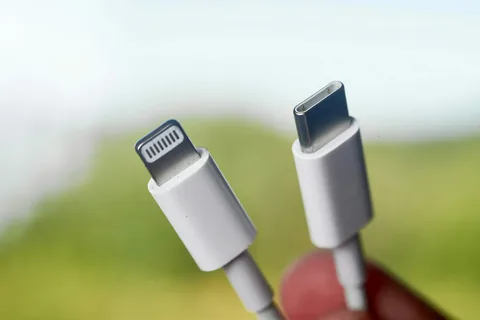
Higher Wattage Safety Concerns
There has been a consistent misconception that the higher-wattage chargers will break your phone or harm the iPhone 15 or shorten the battery life. This is false. Newer gadgets have advanced power control mechanisms to control the amount of power consumed, irrespective of the charging capacity.
The amount of power that your iPhone 15 will draw is not limited, so 30W, 65W, or even 100W chargers are all safe to use. The charging controller of the device handles all the features of power supply, overcurrent protection, overvoltage protection, and overheating.
A higher-wattage charger can actually offer more consistent power delivery, and can gain a little smartphone charging efficiency in some cases, although the difference usually is not very large.
Third-Party Accessory Misconceptions
There is yet another myth, which states that iPhone users can use only Apple-branded chargers. The accessories produced by Apple are guaranteed to be compatible, but there are numerous third-party manufacturers of equally safe and effective charging solutions.
The point is to select known brands that have appropriate safety certifications. The standardisation of USB-C allows certified third-party adapters to be used on many devices and sometimes work the same as Apple’s official adapters, but at a fraction of the price.
I would not recommend buying cheap, untested chargers on the internet, and there are well-known brands such as Anker, Belkin, and others that make accessories that surpass or match the quality of Apple.
Overnight Charging Concerns
Most users are concerned that leaving their iPhone 15 charging overnight will destroy the battery. The new iPhones also have smart charging features that prevent excessive charging and also balance the charging pattern according to your schedule.
The Optimized Battery Charging feature targets the issue of charging during the night by learning when you usually get up and when to charge at the end of the night. This will save time your battery spends at 100 per cent of charge, which may aid in saving long-term battery health.
Conclusion
Apple has a history of focusing on the safety of users, the performance of their devices; hence, the switch to USB-C may be the start of something bigger, but the switch to the iPhone 15 will leave the user safety and performance of the device intact. Being aware of the charging requirements of the device and the options you have gives you the knowledge of the accessories.
The process of wireless charging may occur via the more official adaptation of 20W by Apple, third-party devices that are sold by the popular brands Anker, Belkin, or any other, yet all that matters is to purchase certified devices and make sure that they are safe to work with. USB-C on the iPhone 15 can be used with a vast range of existing accessories, and there has never been an easier time to find compatible solutions to charging.
You must keep in mind that quick change is convenient, and the long-term health of your device battery should also be considered. With the information presented in this guide, you are able to select the kind of charging solutions that meet your specific needs and, at the same time, offer safe and reliable functionality of your iPhone 15.
When you have the correct choice of charging accessories and habits, you will find it comfortable to use USB-C charging and obtain the optimal performance and battery life of your iPhone 15.




